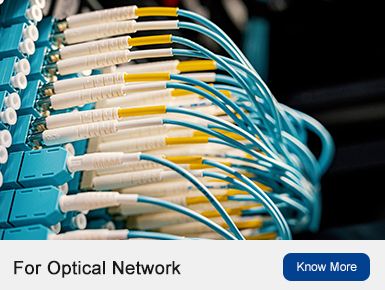As an industry professional, I have closely observed the growing significance of fiber optic system components in recent years. These components play a crucial role in enabling high-speed data transmission and communication networks. In this article, we will explore the latest trends and analysis related to fiber optic system components.
The Importance of Fiber Optic System Components
Fiber optic system components are essential for ensuring efficient and reliable data transmission through optical fibers. These components include connectors, cables, transceivers, amplifiers, splitters, circulators, and more. They are designed to enhance signal quality while minimizing losses during transmission.
In today’s digital age where bandwidth demands continue to rise exponentially, fiber optic systems offer unparalleled advantages over traditional copper-based systems. The use of these advanced components enables faster internet speeds, improved network reliability, increased capacity for data transfer, and reduced latency.
The Role of Optizone Technology
One notable trend in the field of fiber optic system components is the emergence of Optizone Technology. This innovative technology allows for higher density connections within limited spaces by utilizing smaller form factor connectors without compromising performance.
Optizone Technology offers significant benefits such as increased port density per rack unit (RU), simplified cable management due to reduced connector size, enhanced airflow within racks resulting in better cooling efficiency, and overall cost savings by optimizing space utilization.
The Advantages of Fiber Circulators
An integral component within fiber optic systems is the fiber circulator. This device plays a vital role in directing light signals along specific paths within a network. It facilitates bidirectional communication by allowing light to travel from one port to another while blocking any reflections or backscattering that may occur.
Fiber circulators are widely used in various applications, including telecommunications, fiber optic sensing systems, and optical testing equipment. They offer advantages such as low insertion loss, high isolation between ports, compact size, and excellent stability over a wide range of operating temperatures.
Conclusion

In conclusion, the demand for fiber optic system components continues to grow rapidly as industries increasingly rely on high-speed data transmission and communication networks. The advancements in Optizone Technology have revolutionized space utilization within racks while maintaining performance standards. Additionally, the importance of fiber circulators cannot be overstated when it comes to directing light signals efficiently within a network.
As technology evolves further and bandwidth demands continue to rise, the development of innovative fiber optic system components will remain crucial for meeting the ever-increasing needs of our interconnected world.


